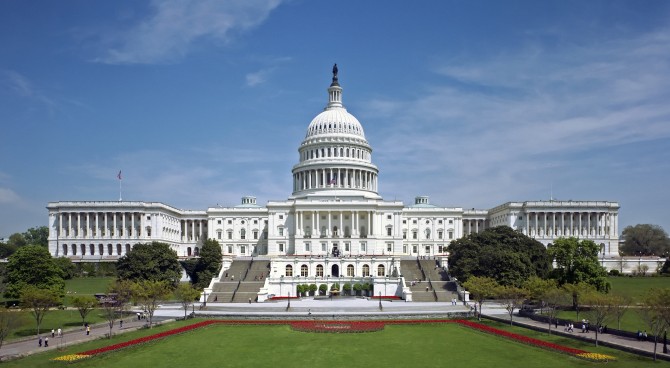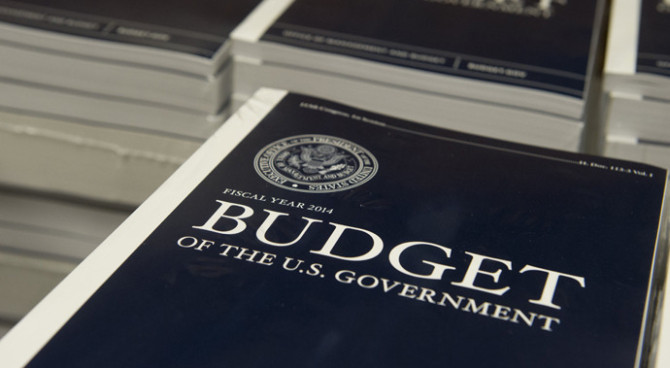‘Bracket creep’ is gone—unless you’re on Social Security, have capital gains or pay state taxes.
ET
As the debate heats up about whether and how to extend the 2017 tax cuts, the jury is out on a key question: Did the cuts generate enough economic growth to pay for themselves? The answer is complicated by the effects of inflation, which during the Biden years functioned as a tax increase larger than the 2017 tax cut. The pandemic spending spree pushed up prices, which expanded federal revenue but also sapped consumer purchasing power. What taxpayers lost to inflation is exactly what government gained.
That several major tax thresholds aren’t indexed for inflation accounts for the inflation-fueled fiscal windfall. The income thresholds for taxing Social Security benefits aren’t indexed. Neither is the child tax credit, the $10,000 cap on the deductibility of state and local taxes, or the investment income threshold above which the ObamaCare surtax is applied. The basis used to measure and tax capital gains has never been indexed. As a result of all this, even if workers and investors saw their earnings rise by enough to offset inflation during the Biden administration, their real, after-tax incomes fell.
The early days of the Reagan administration hold a lesson for today’s congressional Republicans. Four decades ago, inflation was a major factor driving federal revenue. From 1973-81, the U.S. endured 9.2% average annual inflation. With an unindexed tax code that contained 33 income-tax brackets, federal revenue swelled as rising nominal income pushed families into higher tax brackets solely due to inflation. This process was called “bracket creep.” A Congressional Budget Office report in 1980 described it: “During much of the past decade, many taxpayers have found themselves paying larger fractions of their incomes to the federal government in income taxes.”
Good for the Treasury. Not so good for the average working family. As the CBO noted in 1980, if incomes simply matched the 1979 inflation rate of 13.3%, the tax liability for an average family of four “would increase by an average of 23.8%.” Instead, real median household income from 1973-80 fell by 3.1%, with after-tax incomes falling by more. Every working family was affected by this bracket creep—even those already in the highest tax bracket, for whom a larger share of the same real income was subject to the top rate. So was anyone who realized taxable nominal capital gains. On Jan. 2, 1973, the S&P 500 closed at 119.1. Nearly nine years later, on Dec. 31, 1981, it closed at 122.3, reflecting a meager 2.9% increase in nominal value. When adjusted for inflation, the value of the original 1973 investment had fallen by 55%. Yet taxpayers who sold an S&P 500 index fund paid capital-gains taxes on the nominal 2.9% gain. This occurred when any asset, including a home or business, was sold.
When the Reagan tax cuts reduced tax rates by 25%, most of that reduction simply offset bracket creep on ordinary income produced by inflation in 1979, after the last tax cut aimed at ameliorating inflation’s effect was adopted. The CBO in 1980 had sounded the alarm that “by 1982 . . . the increased tax burden under current law would reach an unprecedented level, constituting a significant fiscal drag on the economy.” Yet to this day, critics attack the Reagan tax cuts as irresponsible.
Then as now, debate raged about whether to index major parts of the tax code. Reagan ended the debate when he declared “we must protect the taxpayers from government.” His 1981 tax cut adjusted the personal exemption, the standard deduction and the tax brackets for inflation.
President Trump has committed to eliminating federal taxes on Social Security benefits and lifting the cap on the deductibility of state and local taxes. An affordable compromise might be to index both thresholds retroactively back to the beginning of the Biden administration. This would raise the excluded amounts for taxing Social Security for a single person to $30,250 from $25,000 and the SALT deduction to $12,100 from $10,000 and index both prospectively.
Given the recent inflation surge, it is time to consider indexing capital gains for inflation. This would do more than any provision in the 2017 tax cut to create an incentive for investing in America. If the objective of the pending tax cut is to stimulate economic growth, there is a strong argument for indexing the capital-gains tax. If this election had any single defining economic issue, it was repairing the damage done by the Biden inflation.
With the gross federal debt having more than tripled since President Obama was elected, and interest rates having risen by 364%, indexing the tax code is long overdue. It becomes more urgent as the probability of future inflation rises. Most government entitlement programs are indexed to rise with inflation, and the entire federal budget is effectively inflation-adjusted. Only workers, retirees and investors aren’t protected from inflation. It is time to treat the people pulling the wagon as well as we treat those who are riding in the wagon.
Mr. Solon served as an assistant to two Republican Senate leaders.


